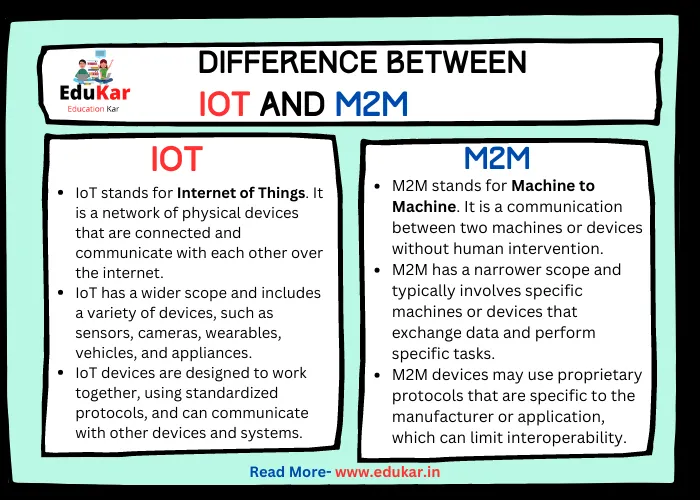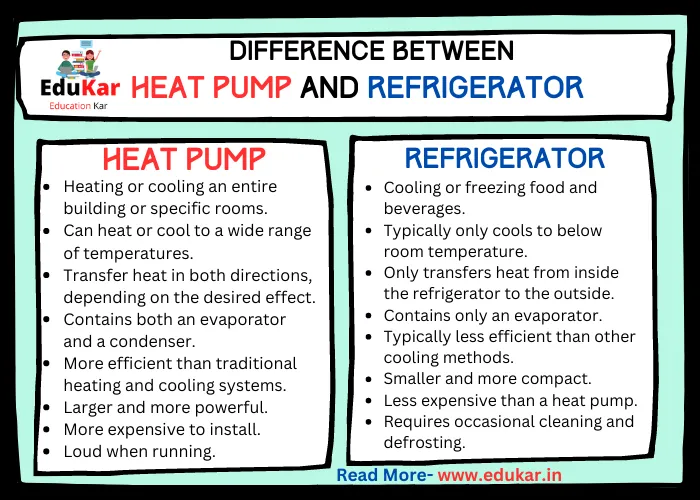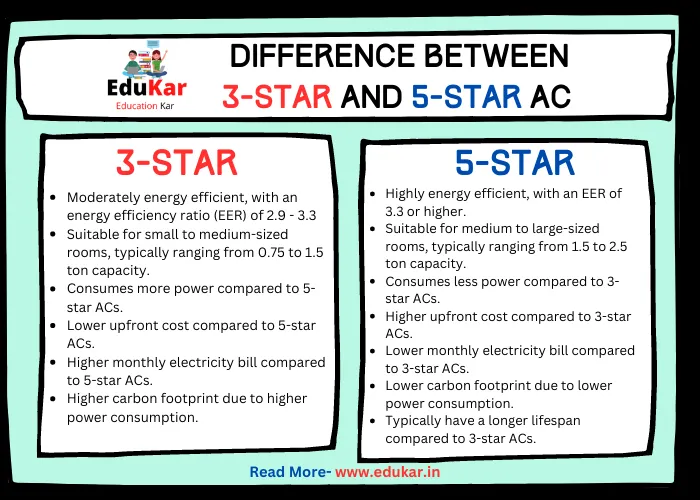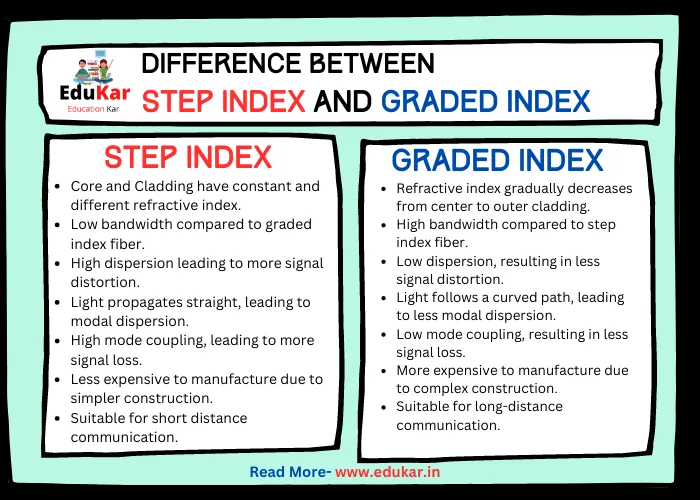Contents
- 1 Introduction
- 2 Si Engines
- 3 Ci Engines
- 4 Differences between SI and CI Engines
- 5 Which Engine to Choose: Si vs Ci Engines?
- 6 Future of Si and Ci Engines
- 7 Conclusion
- 8 FAQs
- 8.1 What are Si and Ci Engines?
- 8.2 What is the main difference between Si and Ci Engines?
- 8.3 Which type of engine is more common?
- 8.4 Which engine is more fuel-efficient?
- 8.5 Which engine has more power?
- 8.6 Are there any other differences between the two engine types?
- 8.7 Can Si engines be converted to Ci engines, or vice versa?
- 8.8 Which engine type is better for the environment?
- 8.9 Are there any hybrid engines that use both Si and Ci technology?
Looking to understand the key differences between SI and CI engines? Our comprehensive guide breaks down the differences between these two engine types, including their fueling systems, combustion processes, and applications. Explore the benefits and drawbacks of each engine type and discover which one is best suited for your specific needs. Get the insights you need to make an informed decision about your next engine purchase.
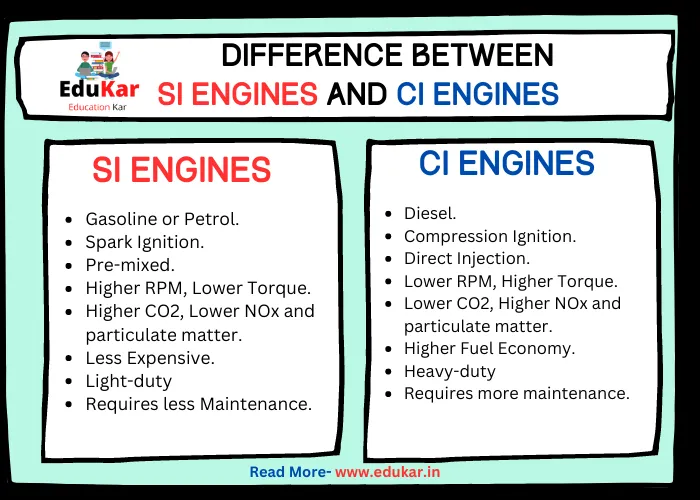
Introduction
Internal combustion engines have become an essential part of modern life. They power our cars, trucks, and buses, as well as generators and other machinery. The two most common types of internal combustion engines are spark-ignition (SI) and compression-ignition (CI) engines. While they may look similar and perform similar functions, they have some key differences.
Si Engines
Spark-ignition engines, also known as gasoline engines, are the most common type of engine found in passenger cars, light trucks, and small boats. These engines rely on a spark plug to ignite the air-fuel mixture in the combustion chamber. The air-fuel mixture is typically made up of gasoline and air, with the fuel being mixed with the air in the intake system.
Working Principle
The working principle of an SI engine involves a four-stroke cycle: intake, compression, combustion, and exhaust. During the intake stroke, the air-fuel mixture is drawn into the combustion chamber. During the compression stroke, the mixture is compressed by the piston, raising its temperature and pressure. During the combustion stroke, the spark plug ignites the mixture, causing a rapid expansion of gases, which pushes the piston down. Finally, during the exhaust stroke, the spent gases are expelled from the engine through the exhaust system.
Advantages and Disadvantages
One of the advantages of SI engines is that they are generally lighter and less expensive to produce than CI engines. They also produce less noise and vibration, and they can operate at higher RPMs, which makes them ideal for applications where high power output is required. However, SI engines are less efficient than CI engines, especially at low speeds and under heavy loads.
Applications
SI engines are commonly used in passenger cars, light-duty trucks, and small boats, as well as in lawnmowers, chainsaws, and other small equipment.
Ci Engines
Compression-ignition engines, also known as diesel engines, are the second most common type of engine found in vehicles and heavy equipment. These engines rely on the heat generated by compressing air in the combustion chamber to ignite the fuel.
Working Principle
The working principle of a CI engine is similar to an SI engine, but there is no spark plug. Instead, the air in the combustion chamber is compressed to a very high temperature and pressure, which causes the fuel to ignite spontaneously. The fuel is typically injected into the combustion chamber at the end of the compression stroke.
Advantages and Disadvantages
One of the advantages of CI engines is that they are more fuel-efficient than SI engines, especially at low speeds and under heavy loads. They also produce less CO2 emissions, making them more environmentally friendly. However, CI engines are generally heavier and more expensive to produce than SI engines. They also produce more noise and vibration.
Applications
CI engines are commonly used in heavy-duty trucks, buses, and construction equipment, as well as in ships and locomotives.
Differences between SI and CI Engines
| Characteristics | Si Engines | Ci Engines |
|---|---|---|
| Fuel Type | Gasoline or Petrol | Diesel |
| Ignition | Spark Ignition | Compression Ignition |
| Air/Fuel Mixture | Pre-mixed | Direct Injection |
| Efficiency | Lower | Higher |
| Power Output | Higher RPM, Lower Torque | Lower RPM, Higher Torque |
| Emissions | Higher CO2, Lower NOx and particulate matter | Lower CO2, Higher NOx and particulate matter |
| Fuel Economy | Lower | Higher |
| Maintenance | Requires Less | Requires More |
| Cost | Less Expensive | More Expensive |
| Ideal Application | Light-duty | Heavy-duty |
Which Engine to Choose: Si vs Ci Engines?
When choosing between SI and CI engines, there are several factors to consider, including the application, fuel economy, power output, maintenance requirements, and cost. SI engines are ideal for light-duty applications where fuel economy and low emissions are a concern. CI engines are ideal for heavy-duty applications where power output and fuel economy are a concern.
Future of Si and Ci Engines
The future of SI and CI engines is uncertain, as many countries are moving towards electric and hybrid-electric vehicles to reduce greenhouse gas emissions. However, SI and CI engines will continue to play a significant role in transportation and industry for many years to come.
Conclusion
The difference between SI and CI engines lies mainly in the type of fuel they use and the ignition system. SI engines are ideal for light-duty applications where fuel economy and low emissions are a concern, while CI engines are ideal for heavy-duty applications where power output and fuel economy are a concern. Understanding the differences between these two types of engines can help you choose the right engine for your application and achieve the best performance and efficiency.
FAQs
What are Si and Ci Engines?
Si stands for Spark ignition engine and Ci stands for Compression ignition engine.
What is the main difference between Si and Ci Engines?
The main difference is the way the fuel is ignited. In Si engines, the fuel is ignited by a spark from a spark plug whereas in Ci engines, the fuel is ignited by compression of the air in the cylinder.
Which type of engine is more common?
Si engines are more common in passenger cars and light-duty vehicles, while Ci engines are more common in heavy-duty trucks, buses, and some diesel-powered cars.
Which engine is more fuel-efficient?
Generally, Ci engines are more fuel-efficient than Si engines because they operate at higher compression ratios, which allows for more complete combustion of the fuel.
Which engine has more power?
Ci engines are typically more powerful than Si engines because they can withstand higher levels of compression, allowing for greater air intake and more complete fuel combustion.
Are there any other differences between the two engine types?
Yes, there are several other differences, such as the types of fuels they use, their emissions profiles, and the way they are designed and manufactured.
Can Si engines be converted to Ci engines, or vice versa?
No, Si engines cannot be converted to Ci engines or vice versa, as the design and manufacturing processes are different for each engine type.
Which engine type is better for the environment?
It depends on the specific engine and the type of fuel it uses. Generally, modern Ci engines with diesel fuel can emit more pollutants such as nitrogen oxides (NOx), while Si engines running on gasoline produce more carbon monoxide (CO) and volatile organic compounds (VOCs).
Are there any hybrid engines that use both Si and Ci technology?
Yes, some hybrid engines use a combination of Si and Ci technology, such as the Atkinson cycle engine which uses the Si cycle and Miller cycle engine which uses Ci cycle.

